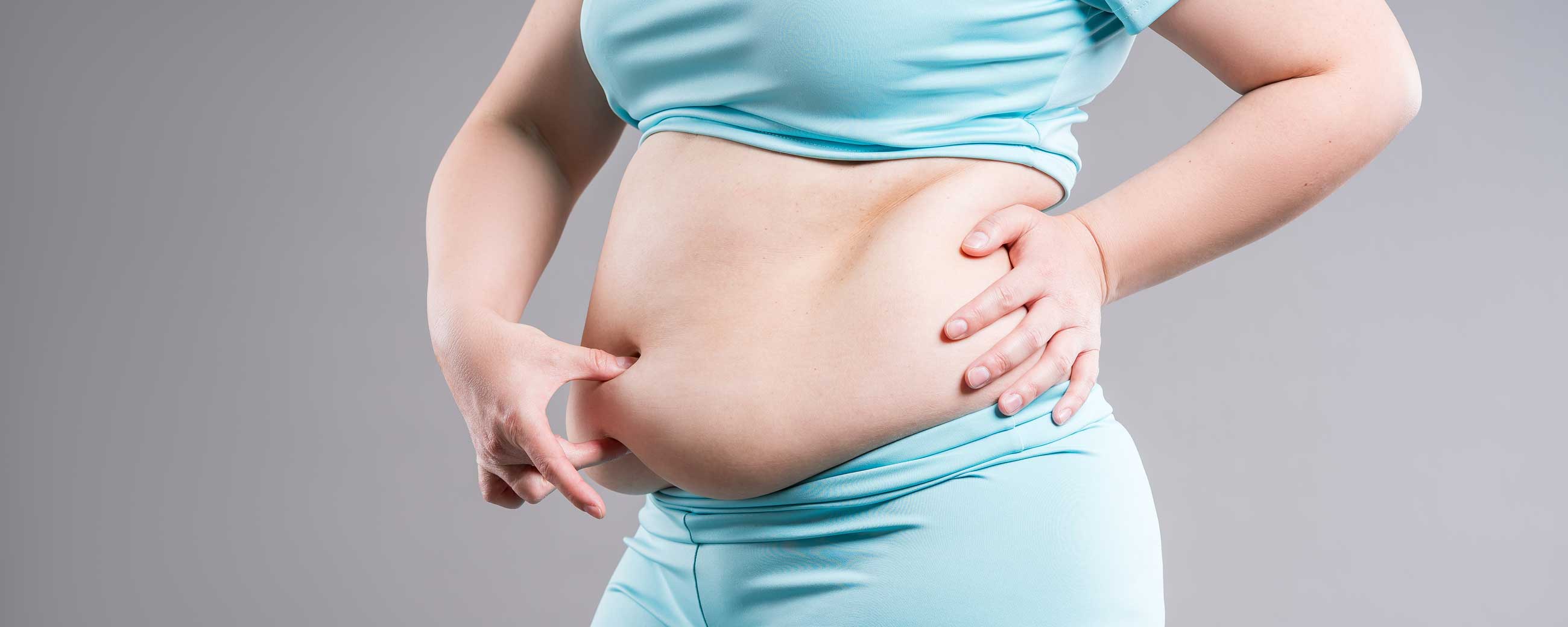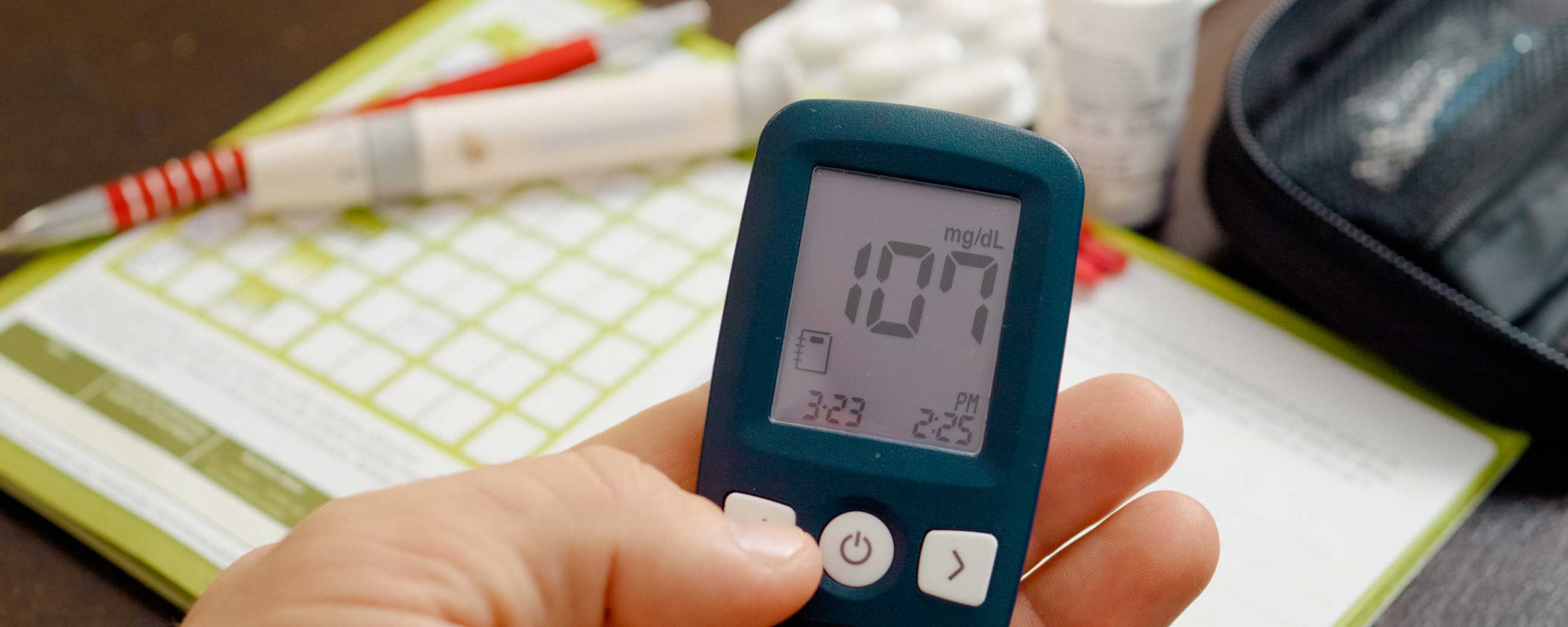What is ‘keto flu’ and how do I avoid it?
Nutritional ketosis flu, more commonly referred to as keto flu, may occur in the beginning phases of nutritional ketosis as you are dramatically reducing the amount of carbohydrates you are consuming. No need to worry though, this is not actually the flu and it is not caused by being in a state of nutritional ketosis! Rather, the ”flu-like” symptoms that some individuals experience when starting the ketogenic diet is due to the body’s response to carb restriction.
When you begin to restrict carbs from the diet, the kidneys (the body’s filtration system) switch from retaining sodium (aka salt) to rapidly excreting it, along with excess water in the body (Volek, 2011). During the clearance of extra sodium and water from the body, many people experience rapid weight loss. While it may be exciting to see the scale move in a downward direction, know that this is not true weight loss from fat, but instead from the water loss. Therefore, it is important that you replace some of the sodium and water that you are excreting because if these are not replaced, it is likely that you will experience symptoms of keto flu.
Symptoms of keto flu include:
- Lightheadedness
- Fatigue—especially around exercise
- Headache
- Constipation
- Nausea
Luckily, these symptoms can easily be minimized or even prevented! The easiest way to minimize/avoid keto flu is to increase your salt intake by 1–2 grams/day—rest assured, while you are in nutritional ketosis you will not store this extra sodium in the body.¹
An easy way to increase your salt intake is by drinking 1–2 cups of bouillon a day because each cube contains about 1 gram of sodium. Although drinking bouillon or broth might sound a little strange, it can actually be quite delicious. If you add a little butter and/or heavy cream to it you can create a savory ‘tea’ that is also a great source of fat, salt, and additional water! Even better, make your own ‘bone broth’ from leftover roast chicken, beef bones, or ox tails. It can be made in batches of 8–16 cups at a time and stored in the fridge or frozen for later use. When made properly, in addition to 1 gram of sodium, one cup provides other beneficial minerals and about 7 grams (equivalent to one ‘ounce’) of protein.
Citations
- Volek JS, Phinney SD. The Art and Science of Low Carbohydrate Living. 2011. PP 41. Beyond Obesity Publishing, Miami FL.




